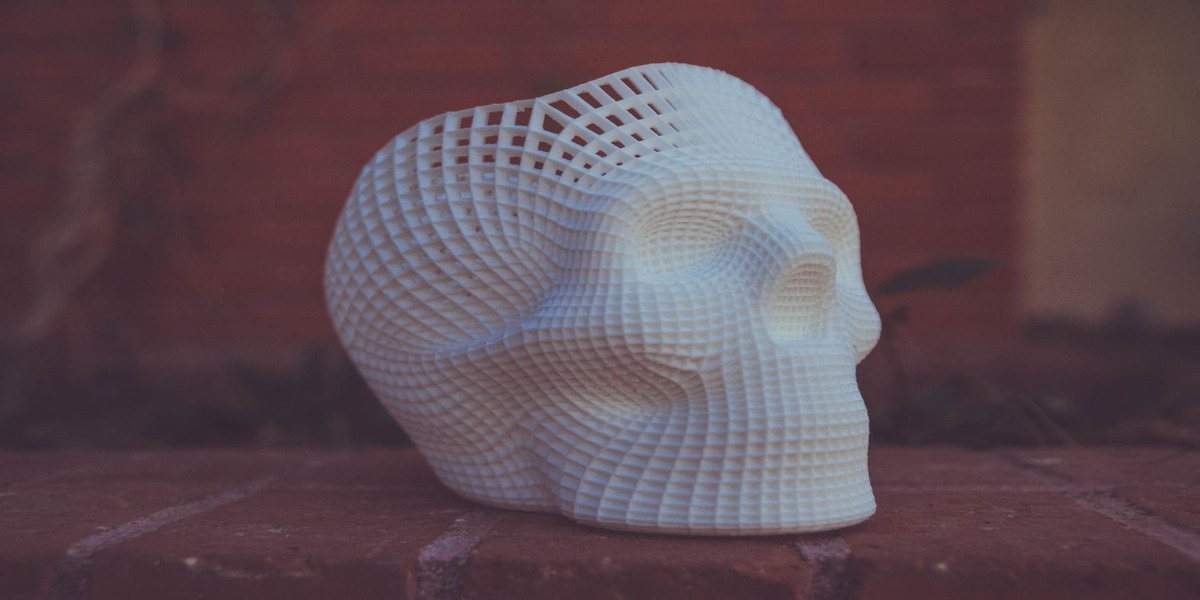The landscape of the medical device industry is undergoing a profound transformation, marked by significant advancements propelled by the urgency to offer patients more effective and personalized treatments. Among these advancements, the utilization of Direct Metal Laser Sintering (DMLS) technology stands out as a promising frontier, revolutionizing the production of medical devices. DMLS, an additive manufacturing method, employs a high-powered laser to sinter metal powders layer by layer, resulting in intricate, customizable, and precision-engineered components.
This article delves into the myriad benefits that DMLS printed parts bring to the medical device sector, ushering in an era of innovation and enhanced patient care.
Unveiling the Advantages
Customization and Personalization
DMLS technology stands out for its capability to create highly personalized medical devices. Unlike traditional manufacturing methods, which struggle with intricate designs, DMLS empowers the production of bespoke devices tailored to fit individual patient anatomies or cater to unique medical conditions.
This level of customization translates into improved patient outcomes, with devices designed to optimize effectiveness while minimizing discomfort.
Reduced Time-to-Market
In an industry where swift innovation translates into life-saving solutions for patients, DMLS offers rapid prototyping capabilities. This expedites the design refinement process, slashing the time taken to introduce new devices to the market.
The on-demand manufacturing enabled by DMLS eliminates the need for large device stockpiles, reducing storage costs and ensuring immediate availability when required.
Enhanced Material Properties
Beyond its design prowess, DMLS boasts superior material properties. The high-energy laser utilized in the sintering process results in components with heightened mechanical attributes such as increased strength, fatigue resistance, and biocompatibility. This proves invaluable in the medical domain, where devices must withstand rigorous environments or support critical bodily functions.
Furthermore, DMLS facilitates the utilization of diverse materials and alloys tailored to meet specific medical requisites.
Cost Savings
Adopting DMLS technology yields substantial cost savings for the medical device industry. Unlike traditional methods that necessitate expensive molds and tooling, DMLS eliminates these costly components, thereby reducing overall production expenses.
The shift towards on-demand manufacturing also diminishes the need for extensive device inventories, further economizing production and storage costs.
Sustainability
Amidst growing environmental concerns, DMLS emerges as a sustainable manufacturing solution. Traditional methods often generate significant waste through excess material and energy consumption. In contrast, DMLS's additive approach minimizes waste by precisely utilizing materials only where needed. Moreover, the capacity to recycle unused metal powders amplifies the eco-friendliness of this manufacturing method.
Frequently Asked Questions
1. How does DMLS technology benefit patients in the medical device industry?
DMLS enables the creation of highly customized devices, leading to better patient outcomes by minimizing discomfort and optimizing effectiveness.
2. How does DMLS contribute to cost savings in medical device production?
By eliminating the need for expensive molds and tooling and enabling on-demand manufacturing, DMLS significantly reduces overall production and storage costs.
3. What sets DMLS apart regarding sustainability compared to traditional manufacturing methods?
DMLS's additive approach minimizes waste by utilizing materials precisely, while the capacity to recycle unused metal powders enhances sustainability, unlike traditional methods that generate substantial waste.
4. How does DMLS technology accelerate the introduction of new medical devices to the market?
DMLS allows for rapid prototyping, expediting the design refinement process, thus reducing the time taken to introduce innovative devices to the market.
Create an account to read the full article
Create Account
Already have an account? Sign in

